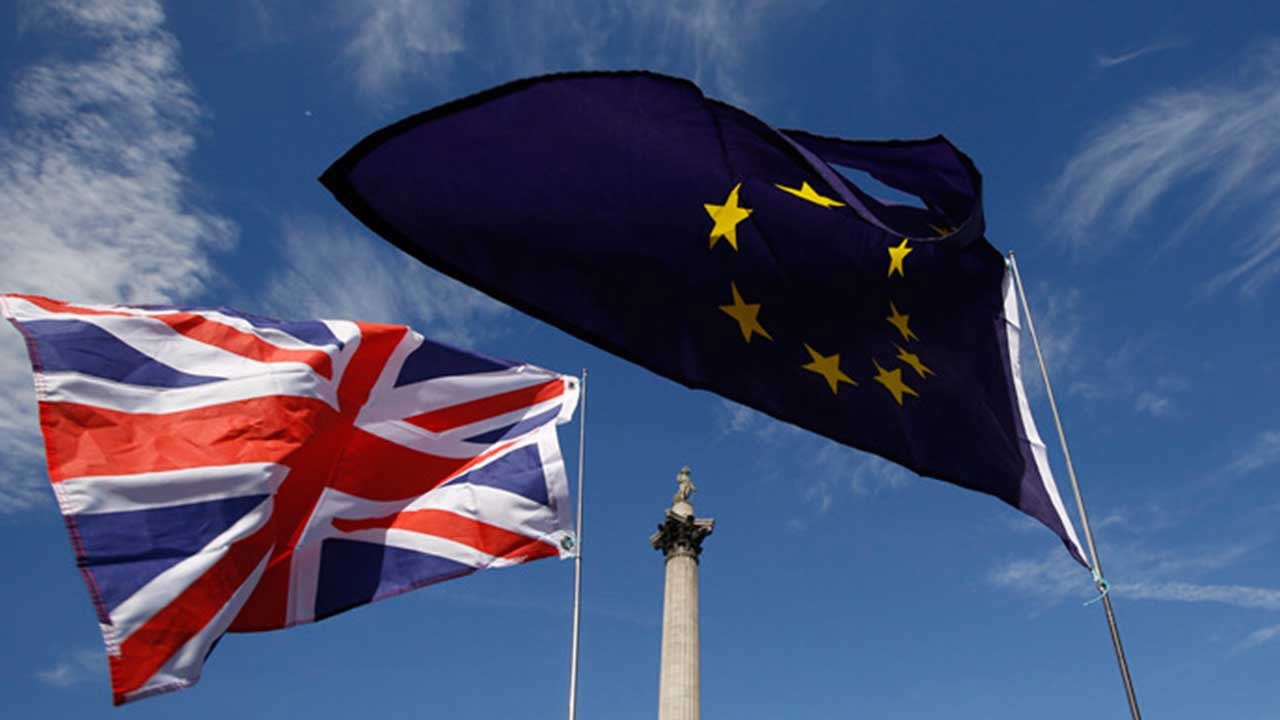
Photo: CGTN
The British government announced on Tuesday a new tariff regime to replace European Union's (EU) common external tariff after the Brexit transition period comes to an end this year.
Starting on Jan. 1, 2021, the UK Global Tariff ensures that 60 percent of trade will come into Britain tariff free on World Trade Organization (WTO) terms or through existing preferential access, and successful free trade agreement (FTA) negotiations will increase this, the Department for International Trade said in a statement.
The new tariff is tailored to the needs of the British economy. It will be in pounds not euros, the department said.
Under the new regime, the government will streamline or simplify tariffs on more than 6,000 products, including getting rid of all "nuisance tariffs" (those below 2 percent), to lower costs for businesses and increase choice for consumers, it said.
It said tariffs will be cut on over 100 products to promote a sustainable economy, with thermostats, LED lamps among others dropping to zero tariffs.
The government promises to extend the temporary zero tariff rate for personal protective equipment, medical devices and other key items from non-EU countries to tackle the COVID-19 pandemic beyond Jan. 1 should it be necessary, the department said.
The government will back agriculture, automotive and fishing in the country by maintaining tariffs on agricultural products such as lamb, beef and poultry, a 10 percent tariff on cars, as well as tariffs for the vast majority of ceramic products.
The British government counts on successful FTA negotiations to expand tariff free trade. It is currently in talks with the EU and the United States, and has announced negotiating objectives for talks with Japan.
However, hopes of Britain securing a permanent post-Brexit trade deal with the EU hit a major stumbling block on Friday when the latest round of bilateral talks ended. It leaves both sides with just six weeks to reach an agreement before a deadline for a decision to be made on extending the transition period beyond Dec. 31. If they fail to reach a deal by then, trade will be carried out on WTO terms.


